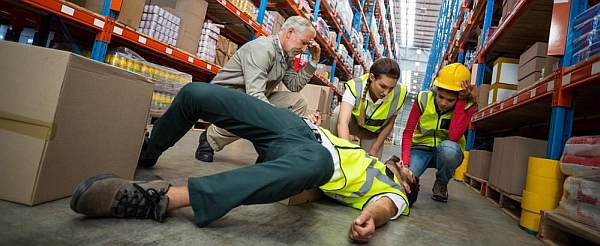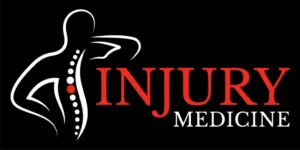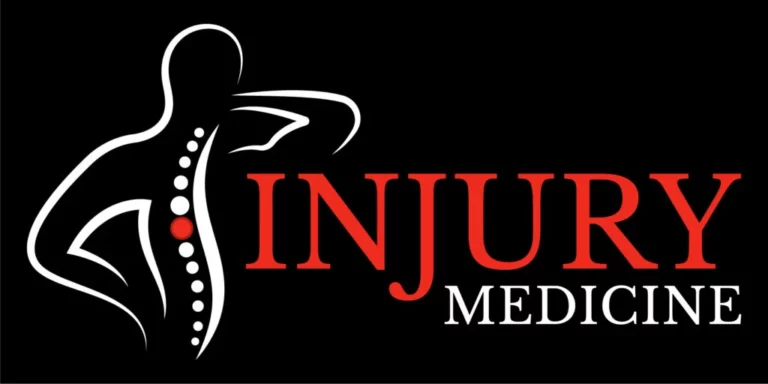Work accident prevention should be a top priority for any business. Preventing common workplace injuries is not only vital for keeping employees safe and healthy at work, but it also makes good business sense.
Creating and enforcing comprehensive accident avoidance policies and procedures can help companies steer clear of employee injuries, property damage, legal issues, and decreased productivity. When workers feel protected and valued, they can focus on their jobs without distraction and help the organization run efficiently.
What’s more, accidents often mean employees need time off to recover, reducing output and impacting key performance indicators. Ensuring a secure work environment enhances productivity and helps companies achieve their objectives.
If you have been hurt at work, our Anderson injury center can help you recover. Contact us today to schedule an appointment at one of our convenient locations in South Carolina.
Hold Regular Training
Training your team on workplace safety is key to preventing injuries. Educating employees about potential hazards and proper procedures helps them understand the risks associated with their jobs and how to avoid accidents.
Holding frequent training sessions informs staff of any changes to safety standards or reminds them of current policies. For some companies, this means teaching:
- Proper lifting methods to prevent strains and sprains
- How to handle hazardous materials safely
- Accident reporting procedures
- Locations of emergency equipment like fire extinguishers and AEDs
Install Proper Lighting
Proper lighting is essential for workplace safety. Dimly lit or dark areas can lead to common workplace injuries such as slips, trips, and falls, as well as other injuries. Make sure your workplace, especially high-traffic and work areas, is well lighted.
Overhead lighting should be installed in all workspaces, walkways, entrances, and exits. LED or fluorescent bulbs that emit a bright, white light are good options. They illuminate spaces evenly without shadows or dark spots.
If employees frequently work in dimly lit or isolated areas, provide portable lighting equipment like headlamps, flashlights, or lanterns. These are essential for emergencies or working offsite. Choose models with multiple bright LED bulbs for the best visibility.
Keep Work Spaces Clean And Organized
Keeping your workplace clean and organized is one of the best ways to prevent accidents and injuries. When everything has its place, employees can move safely around work areas without tripping over clutter or slipping on spills.
In larger workplaces like warehouses, set up stations for quickly cleaning up messes so they don’t become hazards. Clearly mark these areas so everyone knows where supplies like mops, brooms, and absorbent pads are located in an emergency.
Don’t just clean up once in a while or when there’s a visible mess. Make daily cleaning procedures an official part of every employee’s responsibilities. Have teams do quick sweeps of their workspaces, including wiping up any drips or splatters and clearing walkways of debris.
Perform Regular Inspections
Performing regular workplace inspections is key to identifying hazards and ensuring all safety policies are followed. Make rounds of your facility and work areas at least monthly, checking for any issues with equipment, spills, blocked exits, or anything else that could put employees at risk.
Note any violations of safety rules you observe and address them with employees right away. Explain why the policies are in place to help prevent injuries. Keep records of any incidents that occur so you can determine if further action needs to be taken.
Check that emergency equipment like fire extinguishers, eyewash stations, first aid kits, and emergency stop buttons are clearly marked, fully stocked, and easy to access in an emergency. Ensure all exits are clearly marked with visible signs and unobstructed.
Provide Protective Gear
For jobs requiring work around heavy equipment or in high-traffic areas, high-visibility reflective vests, jackets, and other clothing can help prevent accidents. This gear makes employees clearly visible to vehicle operators and others.
Depending on the types of jobs your team performs, you may need to provide protective equipment suited to specific tasks like:
- Hard hats, goggles, and steel-toed boots for construction work
- Gloves, aprons, and face masks for jobs involving chemicals
- Earplugs or noise-canceling headphones for work in loud environments
We Can Treat Your Workplace Injuries!
If an injury occurs at your workplace, seeking prompt medical care is critical. At Injury Medicine, our specialists can properly assess your condition, determine the severity, and prescribe the necessary treatment.
Your health and ability to work safely depend on the right care at the right time. Contact us today at 864-866-PAIN to schedule an appointment. Our team is trained to treat occupational injuries and help people get back to their normal activities as quickly as possible.





